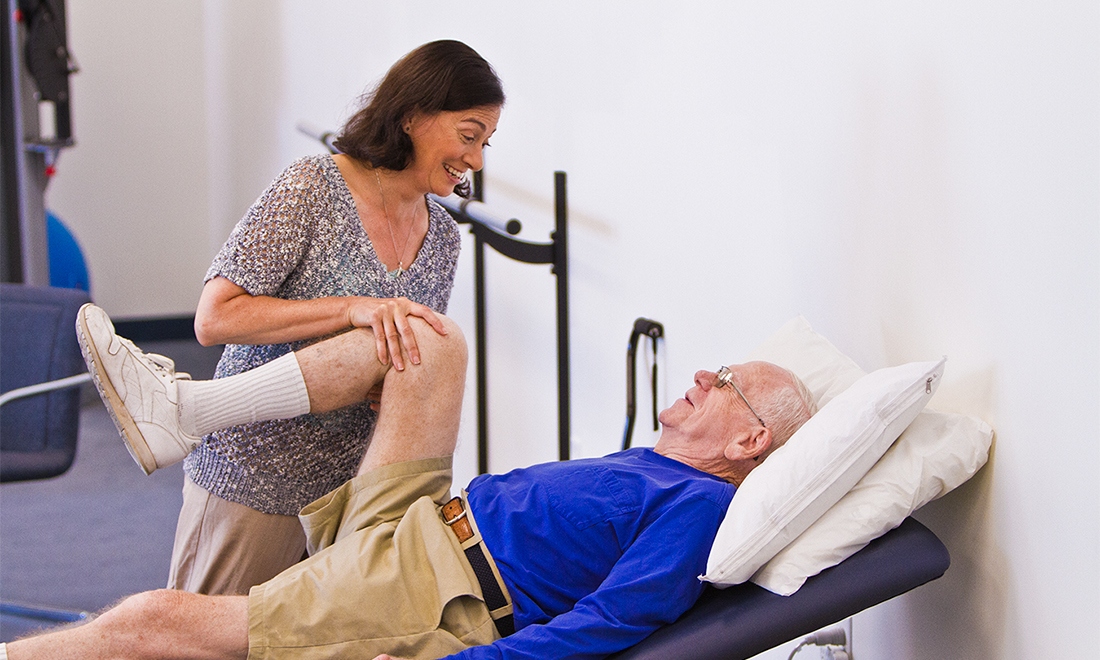Exploring the Effect of Hands-on Therapy Methods on Alleviating Muscle and Joint Discomfort and Enhancing Client Outcomes
Exploring the Effect of Hands-on Therapy Methods on Alleviating Muscle and Joint Discomfort and Enhancing Client Outcomes
Blog Article
Manual therapy techniques are manual approaches used by healthcare professionals to treat muscle and joint discomfort. These techniques include various types of manipulation and mobilization of the human muscle tissue and articulations. The objective of hands-on therapy is to alleviate pain, enhance movement, and boost overall performance. Many individuals experience muscle and joint discomfort due to injuries, suboptimal alignment, or disorders like arthritis. By applying manual treatment, practitioners aim to tackle these concerns and help patients recover their standard of living.
One frequent hands-on therapy method is vertebral adjustment. This technique involves using controlled force to the vertebral column to improve alignment and reduce pain. Research has shown that vertebral manipulation can be effective in treating lower back discomfort and cervical pain. Another technique is soft tissue mobilization, which concentrates on reducing tightness in the muscles and connective tissues. This can help reduce stiffness and enhance flexibility, making it simpler for clients to navigate without pain. Both methods can be tailored to meet the specific requirements of each client, ensuring a personalized method to treatment.
In furthermore to pain alleviation, hands-on therapy can enhance patient results in multiple aspects. For instance, it can improve blood flow, which helps supply oxygen and nutrients to the affected areas of the system. Improved blood investigate this site flow can also promote healing and alleviate swelling. Additionally, manual treatment can help clients gain enhanced physical consciousness, which is crucial for avoiding future trauma. By understanding how their bodies move, clients can make more informed choices about their activities and posture, leading to long-term advantages.
The efficacy of hands-on therapy is often supported by client responses. Numerous patients indicate significant improvements in their discomfort intensity and overall performance after receiving treatment. This positive response can lead to increased motivation for clients to participate in rehabilitative activity and rehabilitation exercises. When patients feel better, they are much likely to participate in their rehabilitation process, which can additionally improve their results. This collaborative approach between the provider and the patient is essential for achieving lasting outcomes.
In summary, hands-on treatment methods play a critical role in alleviating musculoskeletal pain and improving client outcomes. By using methods such as vertebral adjustment and gentle connective tissue manipulation, medical providers can help patients recover movement and alleviate pain. The advantages of hands-on therapy extend further than instant pain alleviation, as it also encourages healing and encourages patients to take an proactive role in their recovery. As more people seek efficient treatments for musculoskeletal concerns, manual therapy continues to be an essential choice in the field of medicine.